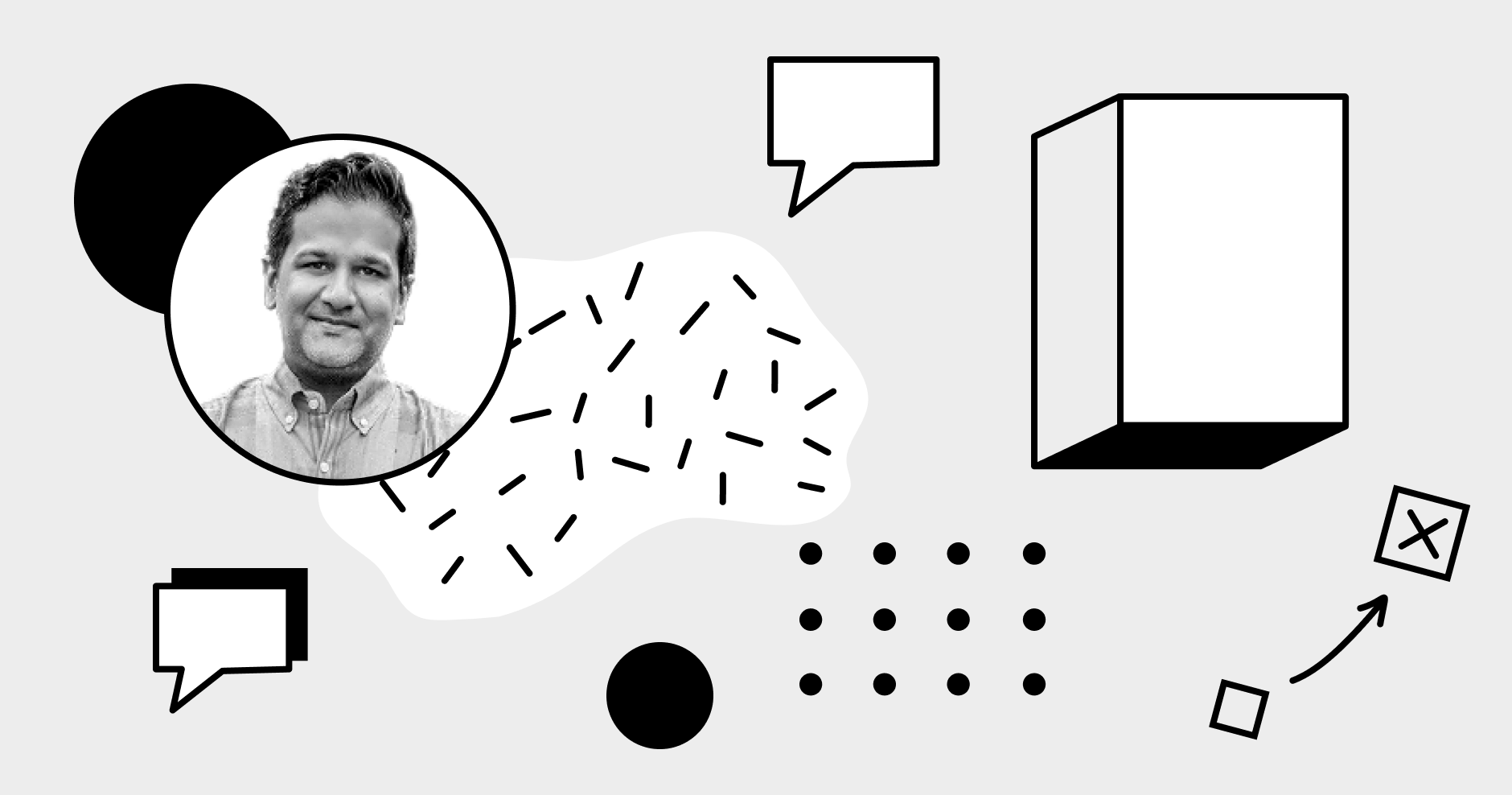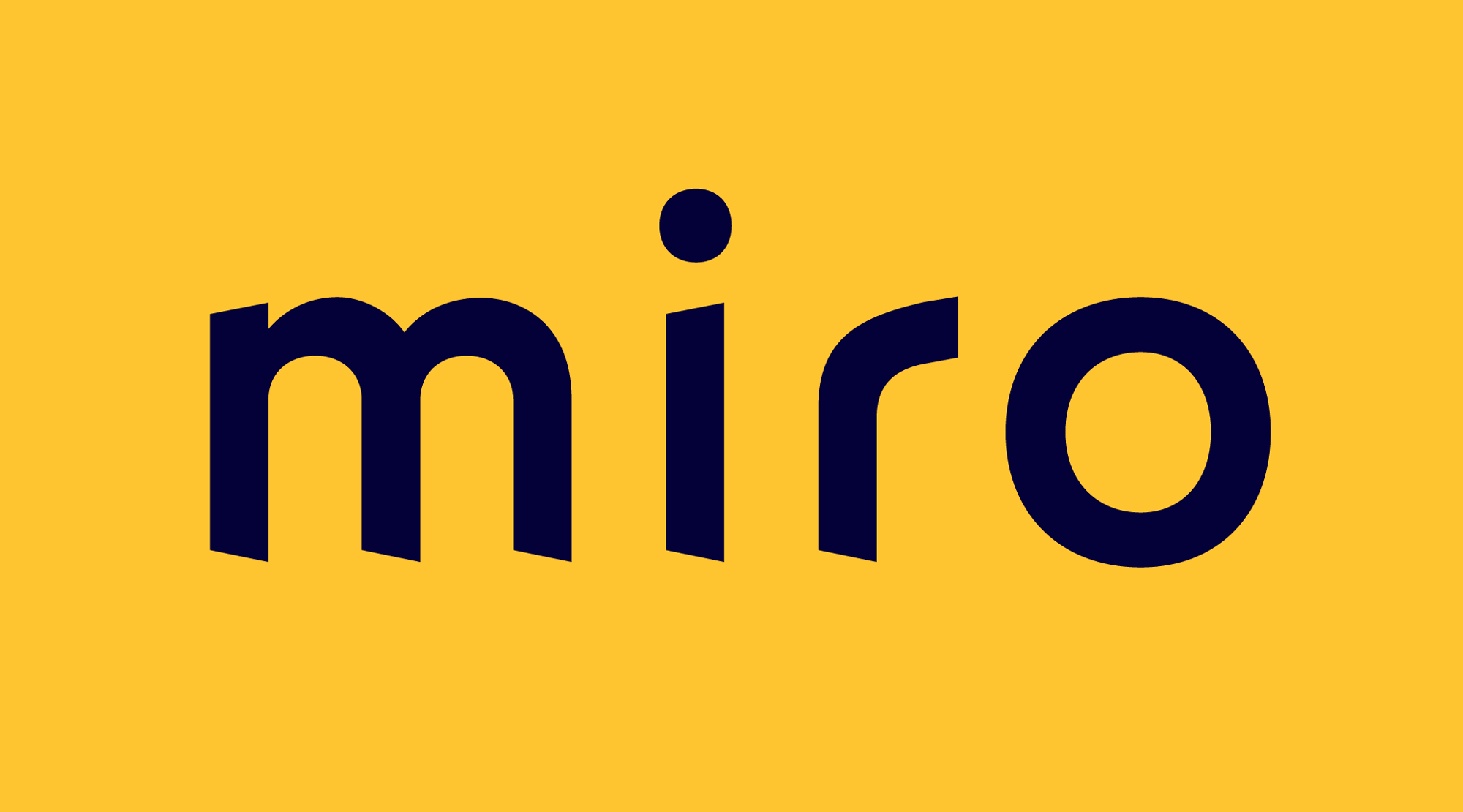Onboarding new people at a company can be a challenge. As a leader, you need to create a process that gives a new hire the ability to understand your team’s unique workflow and goals, and also ensure that they are fully equipped to start working and secure their first wins. These few months are so critical for a new employee, and they can be especially hard if you are working in a remote team. Suneet Bhatt, a general manager at Crazy Egg, a company that grew from 6 to 29 employees in just a year, wrote about the best practices for onboarding people in a remote startup.

Anna Savina
Scaling a company
to avoid revenue
stagnation
As the general manager at Crazy Egg, my main goal is to build the company. Here is what I did first to initiate long-lasting change.

It’s important to set a structure at the company where if things go wrong, it’s your fault as the boss. If you can foster that environment, more people will feel comfortable leaning into their errors. It’s not easy. It takes a while to build up trust. But when you get it, you get a culture that’s transformative.
Profile
Crazy Egg
300,000 websites use Crazy Egg to understand what’s working on their website (with features like Heatmaps, Scrollmaps, Referral Maps, and User Recordings), fix what isn’t (with the Editor), and test new ideas (with a robust A/B Testing tool).
Founded: 2005
TEAM: 29 people
Founders: Hiten Shah and Neil Patel

If you prioritize the customer experience and set the right metrics, everyone is always focused on their own metric but also mindful of where the customer has been and where they’re going next. Each person is thoughtful about their work and about the teams around them. Everything starts with the customer. By aligning your team with the customer experience, you see what works well and what doesn’t.
Structure, goals, expectations – with those in place, you will very quickly learn where customers aren’t happy. You’ll learn what your team can or can’t do, and you’ll learn where you have the right people, tools, and strategies. We started really listening and paying attention to our customers, and they started giving us feedback and ideas. The best ideas, however, came from our best people who felt equipped in their new roles. We have had very few “new” ideas in the past 12 months; what we have done instead is put more good ideas (old and new) into play.

We moved everyone in-house and focused on people using the product and talking to customers so we could build things customers want. Customer feedback and customer engagement have demonstrated that we’ve gotten this right or, at least, made a big improvement.
Crazy Egg
organizational
structure
Customer
success
This team is hosted by our COO (she is also head of customer success), a full-time customer evangelist, and a contractor who moved over from our QA team.
Growth
Hosted by our head of marketing and featuring a product marketer, our most tenured designer, and dedicated engineering support.
Product Development
Hosted by our product lead and a senior UX/UI designer, supported by a rotation of strong product engineers.
Infrastructure
Hosted by our CTO and featuring a team of engineers who focus on building a wide range of infrastructure projects, from restructuring our entire billing system to thinking about the next evolution of our product.
Data
Hosted by our head of data and business intelligence as well a senior data engineer.
Innovations
Hosted by two of Crazy Egg’s founding members (Hiten Shah, leading strategy and innovative products, and John Butler, our CTO turned chief innovations officer) and supported by a senior engineer and senior designer.
Integrations
Hosted by our head of strategy and business development and supported by two engineers.
Best practices
for onboarding
remote employees
When you are growing fast as a remote team, there are a lot of factors that you need to consider to speed up iterations and sustain the company’s culture at the same time. We’re writing this with the assumption that you’ve already cracked the code on hiring. It’s important to note that the best onboarding processes always start with thoughtful, honest hiring experiences that reflect your company at the outset.



We also have people to guide new hires’ career and functional development. We don’t have a leadership team; instead, we have what we call “reinforcements.” We pay attention to how people are doing and provide support to remove obstacles. When they need help, when they’re struggling, when they need additional support for ideas, they call in the reinforcements.



I coached one colleague about compartmentalizing her day. If you have too much to do, then compartmentalize. Give each day a theme, and focus on that work. If editorial work is on Monday, and someone gives you editorial work on Thursday, you’ll get to it on Monday. It’s transformed her approach to work in general. She’s able to be hyper-productive.

[rtb_inline_subscription id=”1″ size=”small” header=”Subscribe to learn more about managing remote teams” button=”black”]
How to build strong relationships in a remote team?
Besides onboarding, there are some important methods that have helped me keep everyone on the same page.




Our smallest actions have to roll into the largest, and vice versa. Specifically, daily updates roll into weekly meetings, which feed into two-week sprints. Sprints operate in six-week cycles. Every six weeks we have a town hall, where we talk about what we accomplished. Every quarter, we wrap up our goals so we know what we’ve done and what we can do better.
We’ve put a lot of thought into our structure, but with every new team member, we change, adapt, or update something. Our company changes with every new person we hire, and it’s important that the culture and the company feel as organic and full of life as the people who’ve built us (past and present).
To build a successful distributed startup, you have to build and earn trust. Everyone has their approach; to me there’s value in being clear, reinforcing messages, and trying to be transparent. Things will change. New opportunities and obstacles will present themselves. If people are surprised by a challenge or an opportunity, that’s a challenge you can recover from. However, if the team is surprised by how you handled a challenge or an opportunity, that’s an altogether different challenge. Even if you’ve made the right decision, if your decision making has surprised them, it’s not a healthy sign for your process.


